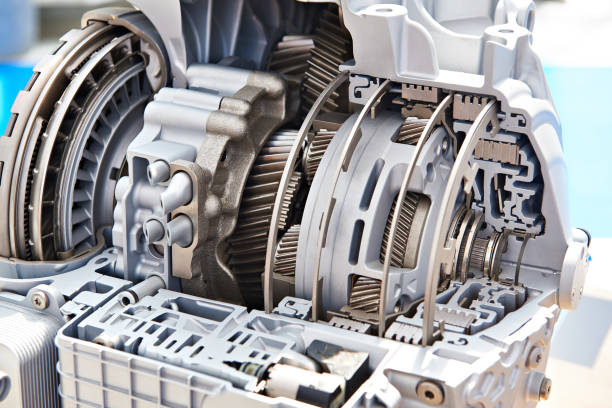February 7, 2024
What poles are used for transmission lines?
Transmission lines typically use a variety of materials for poles, depending on factors such as cost, environmental considerations, and the terrain in which they are installed. Common materials include:
- Wood: Wood has been a traditional choice for transmission line poles due to its availability, ease of handling, and relatively low cost. However, wood poles require regular maintenance to prevent decay and damage from pests.
- Steel: Steel poles offer high strength and durability, making them suitable for use in areas with high wind or ice loads. They are also resistant to corrosion, reducing maintenance needs. Steel poles can be more expensive than wood but offer a longer lifespan.
- Concrete: Concrete poles provide excellent durability and resistance to environmental factors such as weather, fire, and pests. They are commonly used in urban areas or regions where aesthetics and long-term performance are prioritized. While initial costs may be higher, concrete poles have low maintenance requirements and a long service life.
- Composite: Composite poles are made from materials such as fiberglass reinforced polymer (FRP) or fiber-reinforced plastic (FRP). They offer a combination of strength, lightweight, and resistance to corrosion and environmental degradation. Composite poles are becoming increasingly popular for transmission lines, especially in coastal areas or regions with high humidity.
The choice of pole material depends on various factors such as cost, environmental conditions, regulatory requirements, and specific project needs.
Which types of poles are commonly used for distribution system?
Distribution systems typically use poles made from materials that balance cost-effectiveness, durability, and ease of installation. Common types of poles used in distribution systems include:
- Wood: Wood poles are widely used in distribution systems due to their availability, low cost, and ease of installation. They are suitable for supporting lower voltage lines and are often preferred in rural or suburban areas where aesthetics may not be a significant concern.
- Concrete: Concrete poles offer excellent durability and resistance to environmental factors such as weather, fire, and pests. They are commonly used in urban areas or regions where aesthetics and long-term performance are important considerations. Concrete poles are particularly suitable for supporting medium to high voltage distribution lines.
- Steel: Steel poles provide high strength and durability, making them suitable for areas with high wind or ice loads. They are resistant to corrosion and require minimal maintenance, making them a popular choice for distribution systems in various environments.
- Composite: Composite poles, made from materials such as fiberglass reinforced polymer (FRP) or fiber-reinforced plastic (FRP), offer a combination of strength, lightweight, and resistance to corrosion and environmental degradation. They are increasingly being used in distribution systems, especially in coastal areas or regions with high humidity.
The choice of pole material for a distribution system depends on factors such as cost, environmental conditions, aesthetics, regulatory requirements, and specific project needs.

